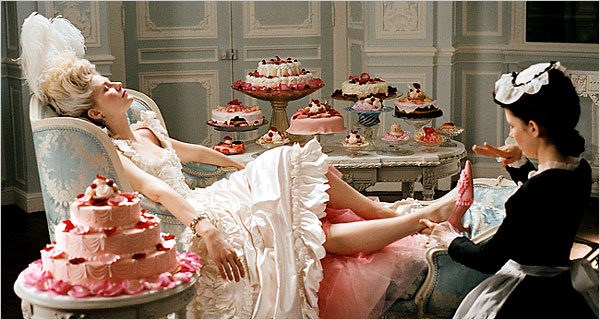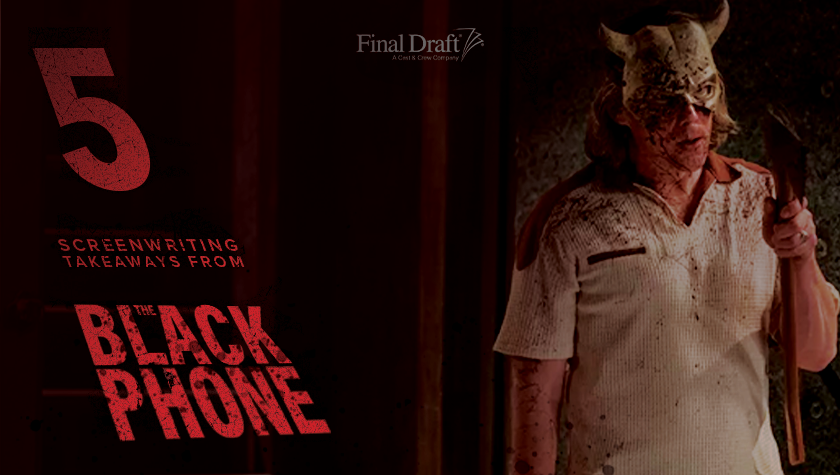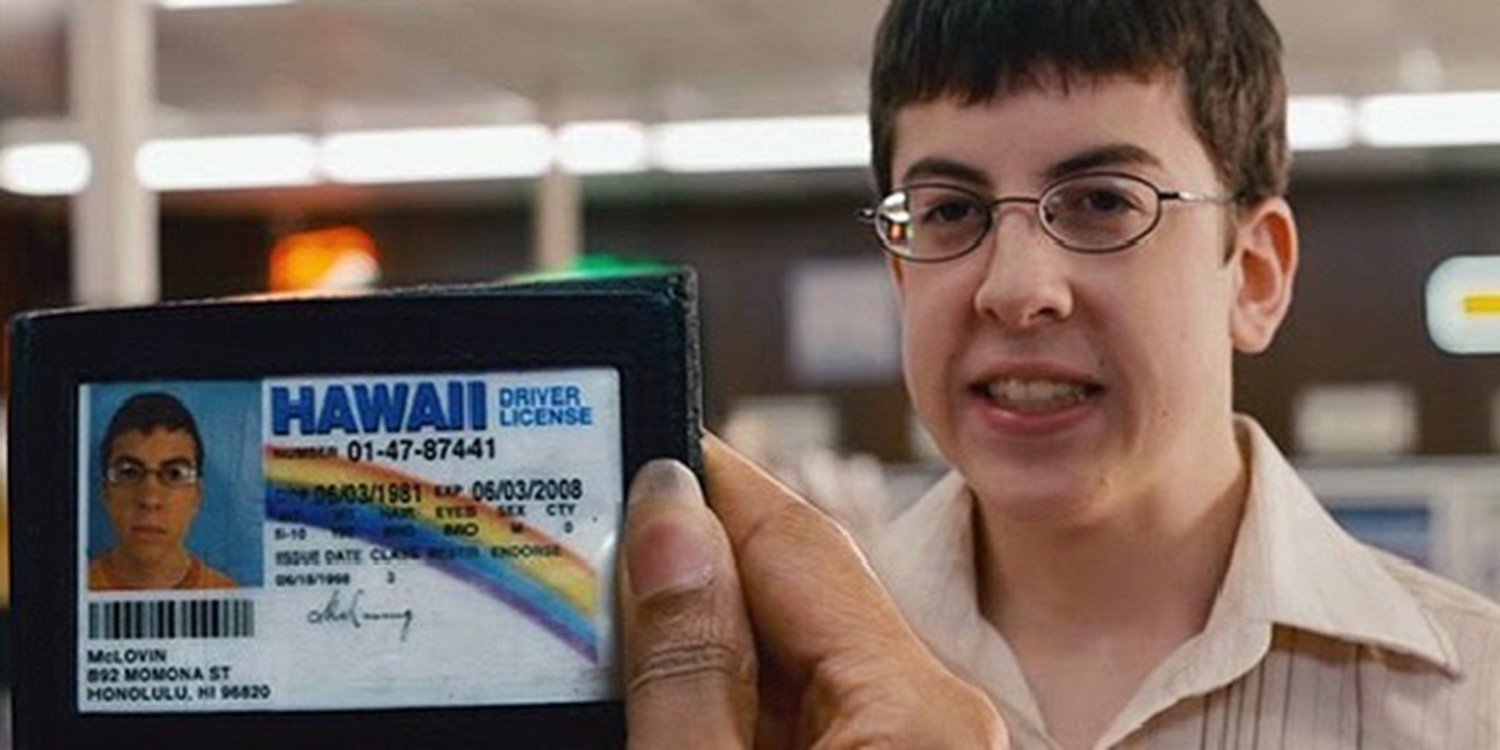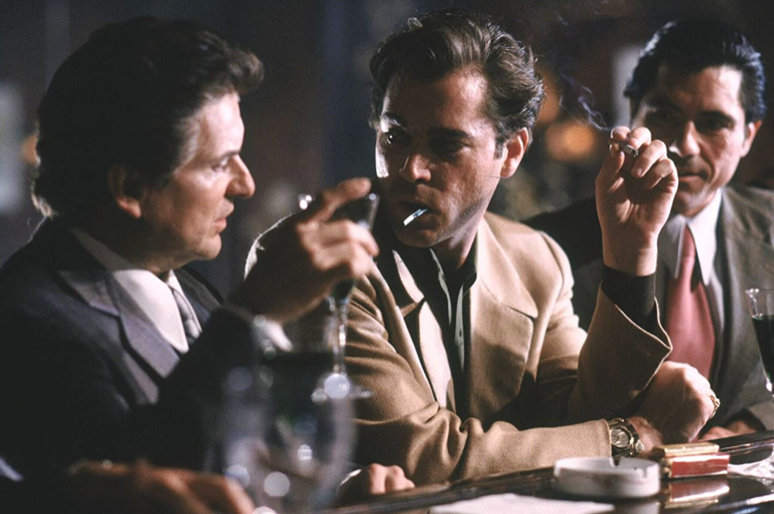Setting: It's Much More Than Just a Simple Slug Line
February 19, 2023
INT. or EXT.? DAY or NIGHT? The choices of what information to include in a scene heading appear to be limited, making it seemingly one of the easiest elements of a script to dash off quickly so you can move on to the meatier stuff of scenes and characters.
Not so fast, though! The scene heading tells the reader about the setting, and that's much more important than just a simple slug line. The setting is one of the most impactful elements of a story. Setting reveals and reinforces theme and character, enhances the plot and tone, and can serve almost as an invisible character in itself.
Some examples:
-
In Breaking Bad, good things happen in the suburbs: backyard barbeques, dinner parties, holidays with family. Bad things happen outside of town in the desert. Isolated, lifeless, arid — the desert is where people go to conceal their illegal activities, their victims, and their stolen money. The characters act differently – arguably, more honestly and authentically — in the desert, where there is literally nowhere to hide.
-
Two classic horror films of the '70s and '80s revolve around characters trapped in a "haunted house"-type scenario that they cannot escape, where otherworldly creatures substitute for ghosts. The crew of the Nostromo in Alien have nowhere to go and must defend their territory from an acid-blooded alien because it's either that or face the vast frozen wasteland of space. The crew of remote Outpost 31 in The Thing are trapped by the vast frozen wasteland of Antarctica. Unable to flee, both crews must fight, and work together, and that creates dramatic opportunities to reveal character. In fiction as in real life, if you want to find out who somebody really is, trap them in a situation with no escape.
-
The president and his staff in The West Wing are defined by the place where they have chosen to devote their lives and careers. Their setting (the White House) and the role they place within it (deputy chief of staff, communications director, etc.), and most importantly how they play those roles, make up who each of these characters fundamentally are. Viewers only very rarely saw them at home or in any venue where they weren't doing their jobs, because that's what the show was about — but also because, who cares where Josh, Toby, CJ, Sam, Donna or Leo live? They work at the White House, a symbol of power that almost everyone in the United States and even much of the world recognizes. The show doesn't travel outside of that setting too much because why would it?
One way to think about the setting you choose for your story is to imagine it as a silent but highly visible extra character. That character can deliver all sorts of benefits to the script, heightening its narrative power. Flavor, tension, and subtext are just a few qualities that can be employed with the right sort of backdrop to enhance the main action and character arcs.

Here are a few more examples to get you thinking:
-
Much of the Sofia Coppola film Marie Antoinette is set at the Palace of Versailles in France. The palace is lavishly constructed and ornately detailed, while the gardens are extravagantly landscaped, the entire background effect vast and expansive as it stretches miles into the distance. Versailles has no character arc or dialogue but succeeds in creating tension, making the central character of Marie, at first an outsider in this world, feel small, inadequate, and misplaced. By the time she begins to adjust and embrace the decadence of her new home, its size and endless barriers emphasize the distance between her and her husband, King Louis XVI, with whom she struggles to connect physically, emotionally, and psychologically. Versailles also symbolizes the corruption against which the citizens of France rebel at the end of the story. Considering the importance of the setting to this story, one wonders how differently Marie's romance with Louis would have played out at a cozy little bed and breakfast.
-
As a massive Wyoming blizzard sets in, the characters of Quentin Tarantino's The Hateful Eight become trapped at Minnie's Haberdashery, a stagecoach lodge in the mountains. Imprisoned by circumstances, a collection of characters who are murderers, liars, thieves, some veterans from different sides in a recent war, and almost none of them who they say are, reveal themselves as layers of falsehoods and half-truths are peeled away, violently. The guns, the cold, isolation, and frontier justice all play a part in this remote, classically Western setting. Even a vintage cowboy coffee pot becomes an important prop as the yarn unfolds.
-
The events of Fargo couldn't quite believably take place anywhere else, but there's a significant twist to that idea: Fargo isn't actually set in North Dakota, where Fargo is. It's mostly set in neighboring Minnesota, and it's not a 100% accurate read on its setting...it's the Coen Brothers' darkly comic version of the people and culture of the region. The nasal Great Lakes accent, polite "Minnesota nice" attitude, near-gullible sincerity, and homey world view of Marge Gunderson are undaunted, a brick wall when challenged by slow-witted colleagues, an increasingly unhinged and violent crime in progress, and a former friend weaving a web of troubled lies. Her sunny disposition is barely dimmed, neither by the vast, arctic winter of the plains nor finding a brutal thug feeding his double-crossed kidnapping partner into a wood chipper. The setting is just one of the mighty forces that fail to deter the humble heroism of Marge, in a sly story that has fun mocking her customs as it exposes her unsung courage.
The setting in which you choose to place your story tells the audience so much about your movie — about what it means, revealing who your characters are, signaling what you're trying to say. Think about the setting of your script and every sequence and scene in it, and be intentional in those choices because SETTING is an important weapon in your arsenal of effective story crafting.
Written by: Karl Williams
Karl Williams is a screenwriting instructor at Scottsdale Community College in Arizona. He has won the Comedy and Sci-Fi Awards at the Austin Film Festival and the Jack Nicholson Prize for Excellence in Screenwriting at UCLA, where he earned his MFA.- Topics:
- Screenwriting & Craft




